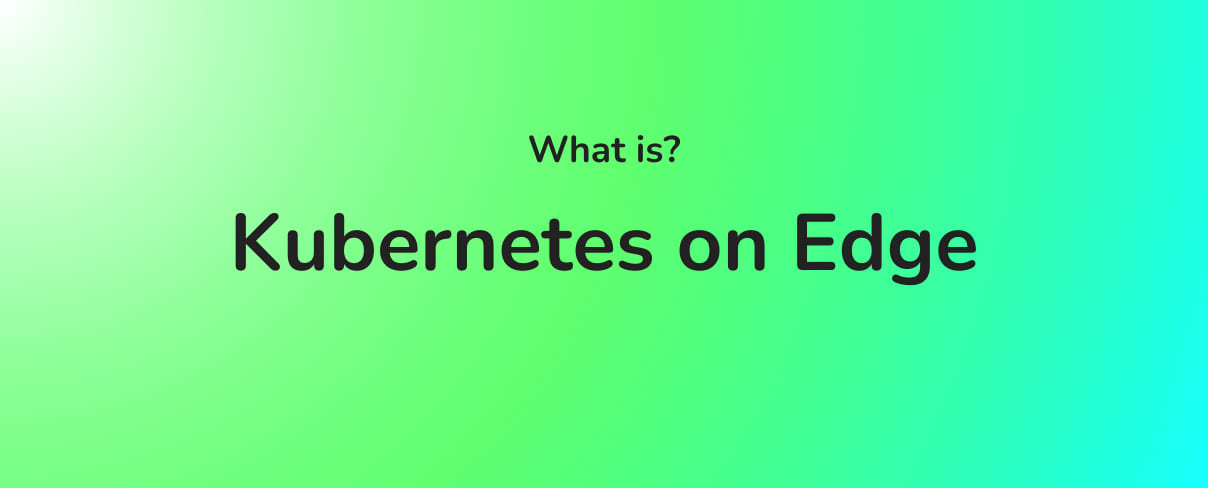Introduction
Kubernetes is a powerful orchestration tool for managing containerized applications. Edge computing brings data processing closer to the source of data generation. Combining these two, Kubernetes on Edge allows for efficient, low-latency, and secure data processing at the edge of the network.
Key Concepts
- Definition: Kubernetes on Edge refers to deploying and managing Kubernetes clusters at edge locations rather than centralized data centers.
- Differences: Traditional Kubernetes is designed for cloud environments, whereas Kubernetes on Edge caters to decentralized, geographically distributed nodes.
- Importance: Edge Computing reduces latency, enhances security, and allows real-time processing crucial for applications like IoT and autonomous systems.
Benefits of Kubernetes on Edge
- Improved Latency: Processes data closer to where it is generated, reducing round-trip time.
- Enhanced Security: Data can be processed locally, minimizing the risk of transmission interception.
- Real-time Data Processing: Vital for applications requiring immediate data analysis and response.
- Cost Efficiency: Reduces bandwidth costs by limiting the amount of data sent to centralized data centers.
Use Cases
- IoT Applications: Smart devices and sensors can process data locally, enabling quicker responses and reducing bandwidth usage.
- Smart Cities: Traffic management, environmental monitoring, and public safety systems benefit from real-time data analysis.
- Autonomous Vehicles: Requires immediate data processing for navigation, safety, and communication.
- Retail and Supply Chain Optimization: Enhances operational efficiency through localized data processing and decision-making.
Architecture
- Edge Nodes: Smaller, localized nodes running Kubernetes clusters, designed for specific tasks.
- Network Topology: A hybrid network of centralized cloud services and decentralized edge nodes.
- Data Flow: Data is processed at the edge node, with critical information transmitted back to the central cloud for further analysis and storage.
Deployment Strategies
- Tools and Frameworks: Utilize lightweight Kubernetes distributions like K3s or Talos for edge deployments. For more insights, refer to Making Kubernetes Simple with Talos and K3s vs Talos.
- Best Practices: Ensure robust security, efficient resource management, and minimal latency.
- Common Challenges: Address issues such as network reliability, hardware limitations, and security vulnerabilities.
Ready to implement Kubernetes on Edge?
Our experts can guide you through the process, ensuring a seamless transition and optimal performance. Contact us today to unlock the full potential of your edge computing infrastructure.
FAQs
What is the difference between Edge Computing and Cloud Computing? Edge computing processes data near its source, reducing latency and bandwidth usage, whereas cloud computing relies on centralized data centers.
How does Kubernetes enhance Edge Computing? Kubernetes provides automated deployment, scaling, and management of containerized applications, which is crucial for the dynamic and distributed nature of edge environments.
What are the challenges in implementing Kubernetes on Edge? Challenges include network reliability, hardware limitations, security concerns, and the need for specialized deployment strategies.
Can Kubernetes on Edge work with AI and machine learning applications? Yes, Kubernetes on Edge can support AI and ML by enabling real-time data processing and low-latency responses, essential for applications like autonomous vehicles and smart devices.
Get an Expert Consultation
We provide expert advice and end-to-end deployment support. In case of any problems with your Kubernetes, connect with us.
